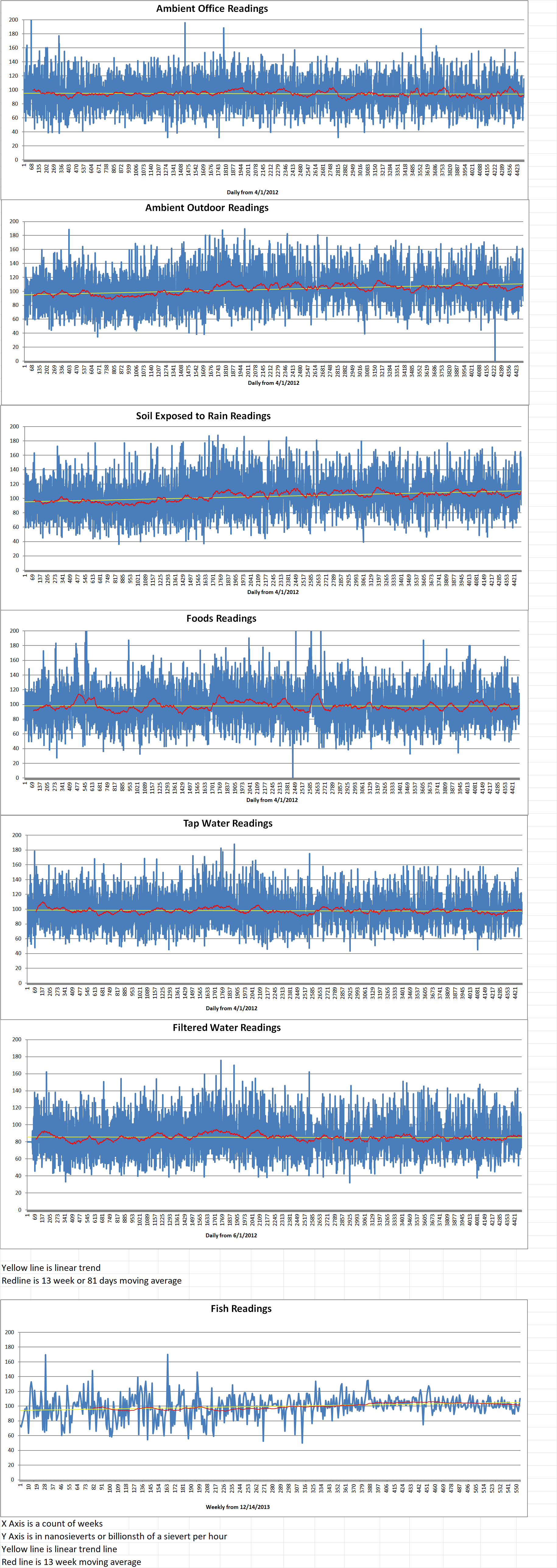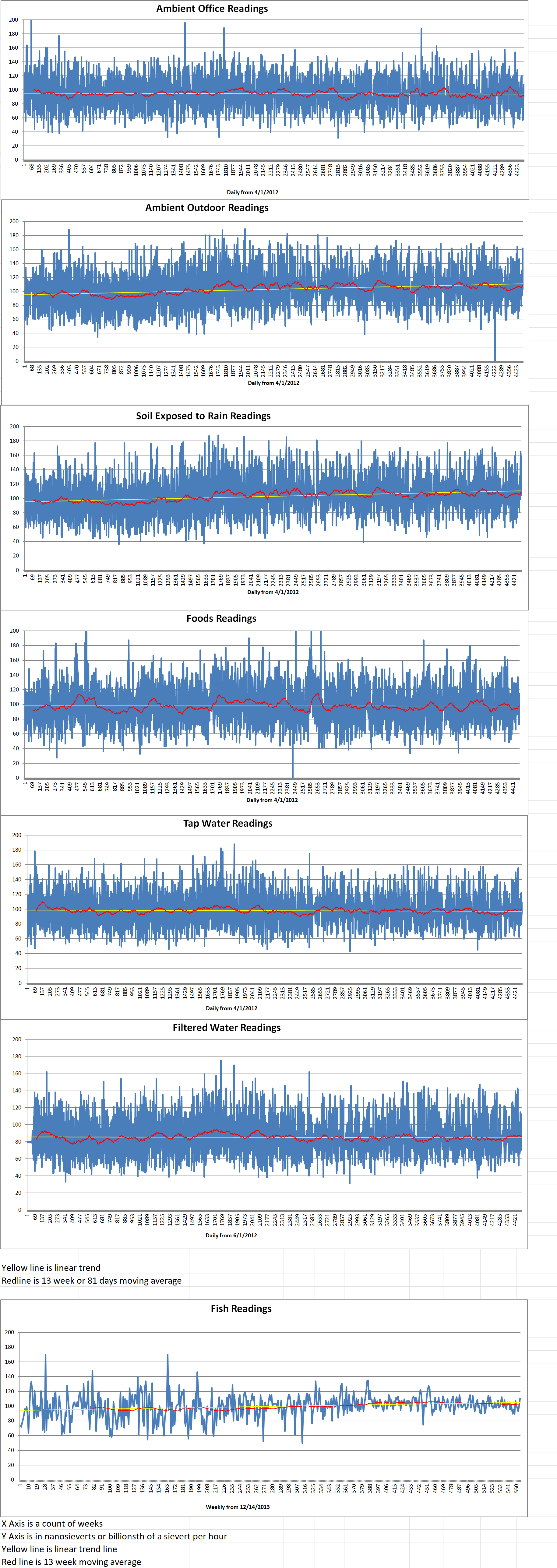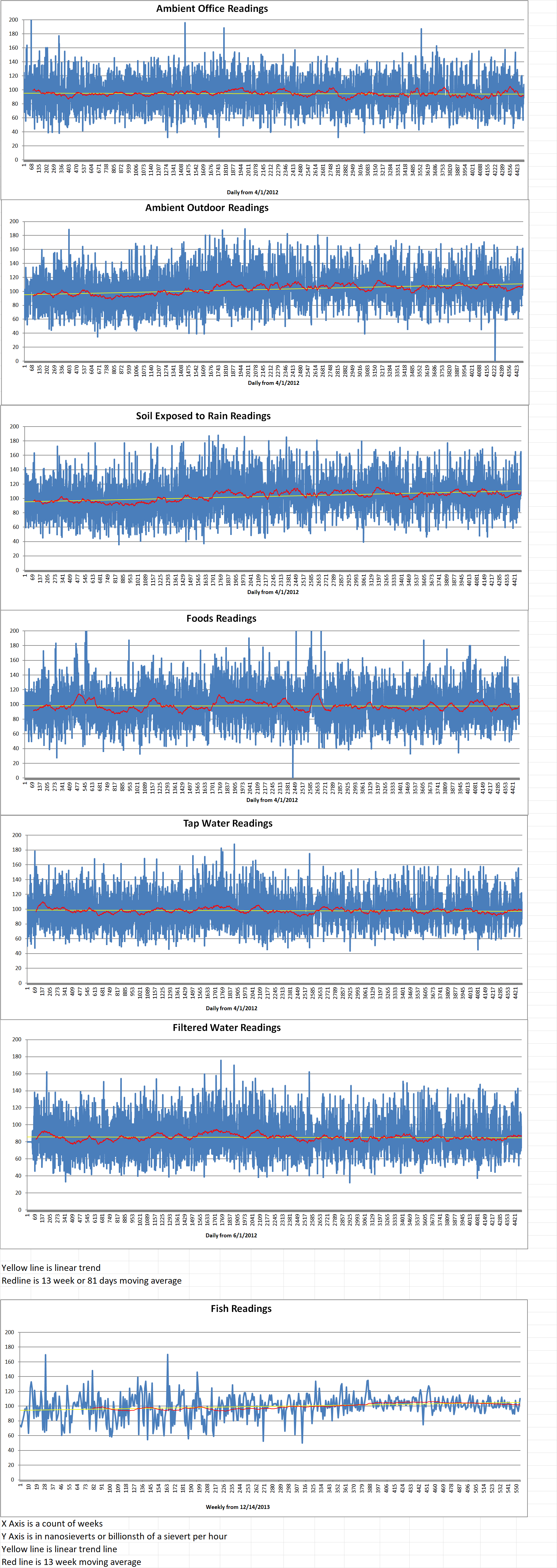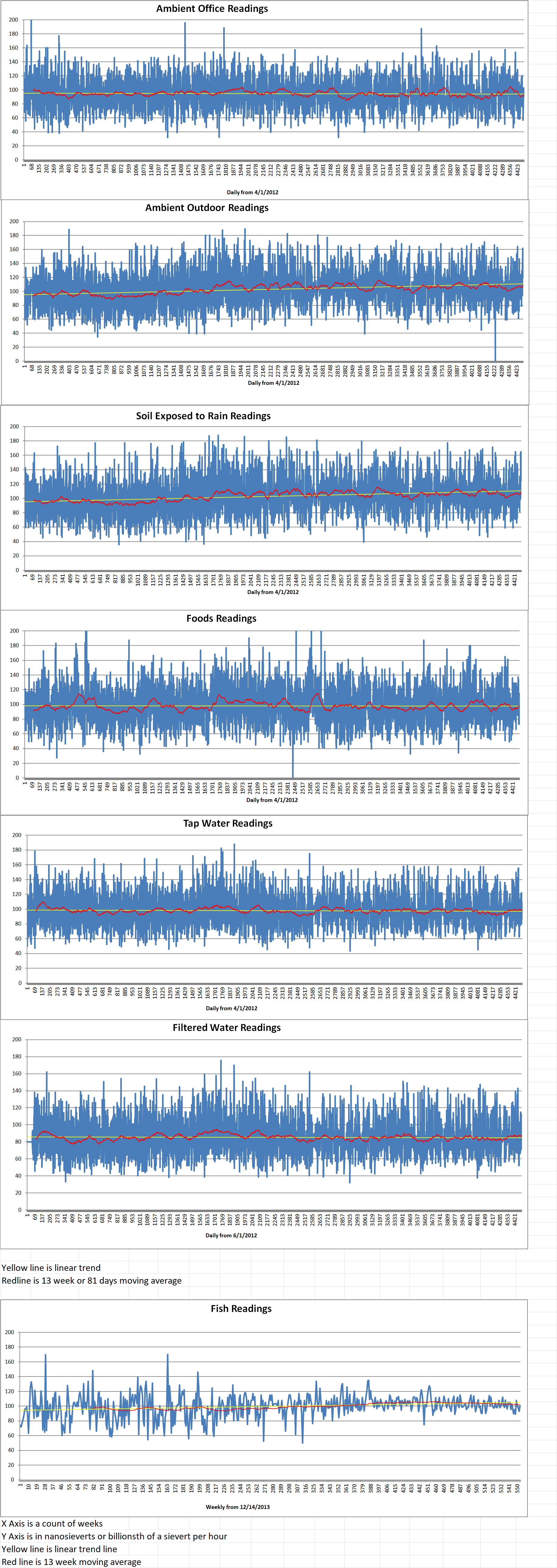French microreactor developer Naarea is going to collaborate with Phoenix Manufacture, a company which specializing in the industrialization of complex devices, to work towards the mass production of Naarea’s XAMR molten salt fast microreactor.
The aim of this collaboration is to structure the industrialization of the XAMR, integrating the key phases of the project including design, prototyping, first-of-a-kind (FOAK) manufacturing and mass production. In order to meet these challenges, Naarea and Phoenix Manufacture will employ technologies such as 3D printing and design a joint plant including specially designed spent nuclear fuel reprocessing facilities.
Phoenix Manufacture is based in Niort, western France. It specializes in industrial precision engineering and the design and manufacture of mechanical systems for the military, nuclear, petroleum, aerospace and robotics sectors.
The partnership between Naarea and Phoenix Manufacture intends to implement industrial solutions for the phases of development of the XAMR. They will focus especially on prototyping, FOAK production and mass production.
The collaboration is based on five phases extending to 2032. The first phase includes validation of raw materials and the manufacturability of parts designed by Naarea for additive manufacturing. The second phase consists of prototyping the components of the XAMR microreactor. The third phase is series production, including providing the necessary parts for the FOAK and mass production. The fourth phase involves scaling up production capacity, including studying the creation of a joint production facility for XAMR components, pooling of resources and mutual skill development. The fifth and final phase will be the evaluation of solutions for recycling and recovering waste material resulting from production and the recycling of used components.
Jean-Luc Alexandre is the founder of Naarea and CEO. He said, “We have chosen to rely on the expertise and skill of Phoenix Manufacture, a French company that will contribute to the design of an XAMR microreactor made in France. Incorporating additive manufacturing represents a major asset for us: it will allow us to produce parts with consistent quality controlled in situ at each step of the manufacturing process. Additive manufacturing also makes it possible to lower production costs, reduce assembly needs and meet the highest standards in terms of safety and security, which remains our absolute priority.”
Marco Calcamuggi is the co-founder of Phoenix Manufacture and CEO. He said, “We are proud of this strategic partnership with Naarea, since additive manufacturing is at the heart of our vision for French reindustrialization. We firmly believe that this disruptive technology is profoundly transforming all industries, in particular, the nuclear sector.”
Naarea was formally established in November 2021. It says that its ultra-compact molten salt fast neutron reactor will use “the untapped potential of used radioactive materials, and thorium, unused mining waste”. Once it finishes the eXtra Advanced Nuclear Reactor (XAMR) design, the company intends to explore applications in areas such as transportation, agriculture and smart buildings.
Naarea says that its reactor is compact in size and there is no need for it to be grid-connected. The XAMR can “be deployed as close as possible to regions, to match energy demand as closely as possible and allow the control of security of supply, at the service of industries and communities”. Each XAMR can generate forty megawatts. Naarea expects its first XAMR to be produced by 2030.
Earlier this month, Naarea announced a strategic partnership with advanced energy management platform QGEMS set to commence in 2025. The partnership is aimed at integrating QGEMS’ technology to optimize Naarea’s energy production and distribution. In addition, Naarea said that using QGEMS’ advanced energy management system could extend the applications of its reactor to data and AI centers, commercial properties, industrial facilities and remote territories.
Naarea
Blog
-

Nuclear Reactors 1475 – Naarea Announces Collaboration With Phoenix Manufacture On The Design And Manufacture Of Its XAMR Molten Salt Microreactor
-
Nuclear News Roundup Feb 10, 2025
Newcleo seeks to buy land for demonstration SMR world-nuclear-news.org
Proposal to reverse Spain’s nuclear phase-out approved by parliament world-nuclear-news.org
Rubio meets Netanyahu, vowing ‘there can never be a nuclear Iran’ i24news.com
Maryland Environmental Leaders Slam Legislative Push for Gas-Powered Plants, Split Over Nuclear Energy insideclimatenews.org
-

Geiger Readings for Feb 10, 2025
Ambient office = 116 nanosieverts per hour
Ambient outside = 87 nanosieverts per hour
Soil exposed to rain water = 91 nanosieverts per hour
Blueberry from Central Market = 115 nanosieverts per hour
Tap water = 108 nanosieverts per hour
Filter water = 96 nanosieverts per hour
-
Nuclear News Roundup Feb 09, 2025
Gov. Lee pushes toward nuclear energy with funding for potential small modular reactor wkm.com
Kremlin dismisses Ukraine’s accusation that Russia attacked Chernobyl nuclear plant voanews.com
2 GOP state lawmakers pushing to advance nuclear energy in Wisconsin wpr.org
Nuclear Stocks Surged Last Year. Are They A Buy Amid DeepSeek Concerns With Earnings Upcoming? Investor.com
-

Geiger Readings for Feb 09, 2025
Ambient office = 108 nanosieverts per hour
Ambient outside = 116 nanosieverts per hour
Soil exposed to rain water = 113 nanosieverts per hour
Avocado from Central Market = 3 nanosieverts per hour
Tap water = 94 nanosieverts per hour
Filter water = 82 nanosieverts per hour
-
Nuclear News Roundup Feb 08, 2025
Rosatom aiming for 100-year service life for reactors world-nuclear-news.org
As coal plants close, Colorado towns consider nuclear waste storage npr.com
Trump’s Purge Hits Nuclear Weapons Agency—Setting Off National Crisis yahoo.com
IAEA chief says time running out to reach Iran nuclear deal reuters.com
-

Geiger Readings for Feb 08, 2025
Ambient office = 08 nanosieverts per hour
Ambient outside = 103 nanosieverts per hour
Soil exposed to rain water = 104 nanosieverts per hour
Yellow bell pepper from Central Market = 100 nanosieverts per hour
Tap water = 108 nanosieverts per hour
Filter water = 98 nanosieverts per hour
Dover Sole from Central = 110 nanosieverts per hour
-

Nuclear Reactors 1474 – EDF Is Managing The U.K. Fleet of Commercial Nuclear Power Reactors – Part 2 of 2 Parts
Part 2 of 2 Parts (Please read Part 1 first)
EDF said its goal is to help restore U.K. nuclear output back above sixty terawatts per annum by replacing the existing AGR fleet capacity through the installation of new EPRs at Hinkley Point C and Sizewell C and extending Sizewell B out to 2055.
EDF added, “Beyond this major commitment, we will continue to support government and industry with any plans to deliver a fleet of small modular reactors (SMRs), further large-scale nuclear at Wylfa and elsewhere and investment in advanced technologies. In line with the U.K. government strategy, EDF has continued to explore options for the long-term future of our sites. We are open in terms of which designs are taken forward at our sites and look forward to the government’s revised nuclear roadmap and further direction on which technologies should be developed on which sites as part of a holistic UK new build program.”
At the same time as EDF Energy released its annual nuclear fleet update, a new report was published by independent consultants Economic Insight highlighting the significant contribution that nuclear energy has made to economic growth in the U.K. over the last fifty years.
The new report was commissioned by EDF. It shows that the current fleet of eight nuclear power plants have so far contributed more than one hundred fifty-three billion dollars to the U.K. economy since the two oldest plants started operating in 1976.
The report said that the fleet supported thirty thousand jobs each year when all eight plants were generating. Five thousand of those jobs have been directly with EDF. The majority of the jobs came through supply chain and other induced impacts, like hospitality businesses supported by local wages. That means that there was an average of five point three additional jobs in the U.K. economy for every EDF job.
The positive impact on the U.K. supply chain is also highlighted with a finding that more than ninety percent of supply chain spending is made domestically, with around fifteen hundred U.K.-based companies.
The report also employed a new methodology for calculating the carbon the nuclear plants have prevented from entering the atmosphere. Instead of comparing the nuclear output with gas generation alone, the report examines the historical energy mix, when coal was the prevailing fuel. This reveals that the two thousand one hundred and twenty-six terawatts of electricity the nuclear fleet has generated has prevented the emission of one billion tons of carbon, the equivalent to sixty years of U.K. car emissions.
Mark Hartley is the Managing Director of EDF’s Nuclear Operations business. He said, “Nuclear power stations do not just produce zero-carbon electricity, they have supported tens of thousands of livelihoods for decades. This is the first time the economic impact of the operating phase of the fleet has been analyzed in this way. Seeing how the combined value of the power, jobs and supply chain spend adds up over time really helps to throw into sharp relief the positive impact that these facilities have on economic growth. The investment made in these stations over nearly fifty years has paid dividends, and will continue to do so, not just for the people working and living close to the stations but also the millions who benefit from the zero-carbon electricity they produce.”
Électricité de France -
Nuclear News Roundup Feb 07, 2025
Bill defining nuclear energy as ‘clean’ clears first vote at Colorado Capitol summitdaily.com
Trump wants denuclearization talks with Russia and China, hopes for defense spending cuts apnews.com
Trump 2nd term live updates: Mass layoffs at US nuclear weapons agency paused abcnews.go.com
Russian drone detonates on Chernobyl nuclear plant containment shell theguardian.com
-

Geiger Readings for Feb 07, 2025
Ambient office = 90 nanosieverts per hour
Ambient outside = 119 nanosieverts per hour
Soil exposed to rain water = 125 nanosieverts per hour
White onion from Central Market = 115 nanosieverts per hour
Tap water = 109 nanosieverts per hour
Filter water = 93 nanosieverts per hour
